Home>Furniture & Design>Bathroom Accessories>How To Stop A Bathtub From Draining
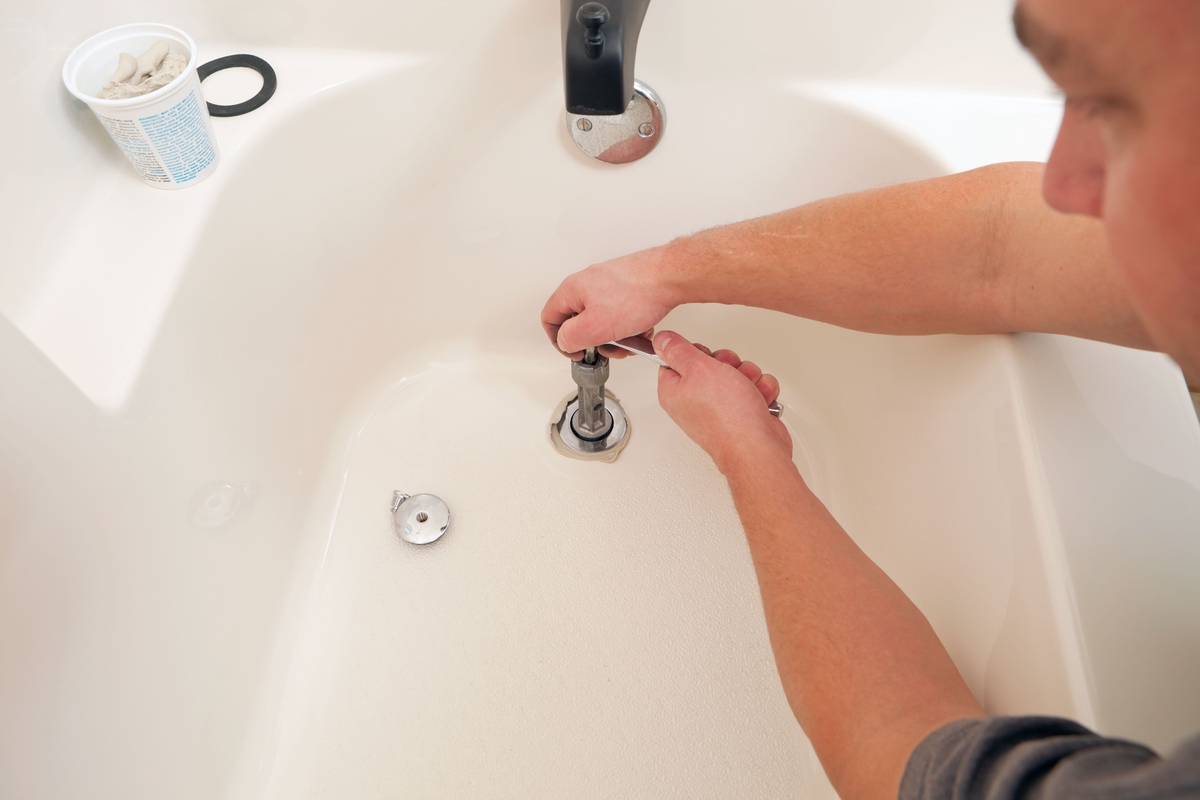

Bathroom Accessories
How To Stop A Bathtub From Draining
Modified: October 19, 2024
Learn how to prevent a bathtub from draining too quickly with our top bathroom accessories. Stop water wastage and maintain a relaxing bathing experience.
(Many of the links in this article redirect to a specific reviewed product. Your purchase of these products through affiliate links helps to generate commission for Storables.com, at no extra cost. Learn more)
Introduction
Dealing with a slow or clogged bathtub drain can be a frustrating and inconvenient experience. Whether you're preparing for a relaxing soak or rushing through a quick shower, a sluggish drain can disrupt your daily routine. Fortunately, there are several effective methods to address this common issue and restore your bathtub's drainage to optimal functionality.
In this comprehensive guide, we will explore practical steps to stop a bathtub from draining slowly. From simple DIY solutions to professional interventions, we'll cover a range of strategies to help you tackle this problem with confidence. By understanding the underlying causes and implementing the appropriate remedies, you can regain the smooth, efficient drainage that is essential for a satisfying bathing experience.
So, if you've noticed water pooling around your feet during a shower or have encountered the frustration of a bathtub that takes ages to empty, you're in the right place. By following the advice in this guide, you can take proactive steps to address the issue and restore your bathtub's drainage system to its optimal condition. Let's dive into the practical solutions that will help you bid farewell to slow-draining bathtub woes and enjoy a hassle-free bathing experience once again.
Key Takeaways:
- Keep your bathtub draining smoothly by regularly cleaning the drain stopper and removing any debris. This simple maintenance task can make a noticeable difference in water flow and prevent slow drainage issues.
- If traditional methods like cleaning and plunging don’t work, consider using a drain snake or calling a professional plumber. These targeted solutions can effectively address stubborn clogs and restore proper drainage for a hassle-free bathing experience.
Read more: How To Remove Sand From A Bathtub Drain
Check the Drain Stopper
The first step in addressing a slow-draining bathtub is to inspect the drain stopper. Over time, debris, hair, and soap scum can accumulate around the stopper, leading to restricted water flow. Begin by removing the stopper from the drain and examining it closely. In many cases, you'll find a buildup of gunk and grime that is impeding the smooth operation of the stopper.
Once the stopper is out, give it a thorough cleaning. Use a brush or an old toothbrush to scrub away any visible residue, and rinse it under hot water to dislodge stubborn particles. Additionally, check the stopper for any signs of damage or wear that may be contributing to the drainage issue. If the stopper is in poor condition, it may need to be replaced to restore proper functionality.
After cleaning the stopper, take a moment to clear out any debris that may have accumulated in the drain itself. Use a pair of gloves to reach into the drain and remove any visible hair, soap residue, or other obstructions. This simple yet often overlooked step can significantly improve water flow and alleviate the slow-draining issue.
Once the stopper and drain are clean, reassemble the components and test the bathtub's drainage. If the water now flows freely, the problem may have been resolved. However, if the issue persists, it's time to explore additional solutions to address the underlying causes of the slow drainage.
By taking the time to check and clean the drain stopper, you can eliminate one of the common culprits behind a slow-draining bathtub. This straightforward maintenance task can often make a noticeable difference in the bathtub's drainage performance, providing a quick and effective solution to this common household annoyance.
Clean the Drain
When it comes to addressing a slow-draining bathtub, cleaning the drain is a crucial step that can significantly improve water flow and alleviate the frustrating issue. Over time, the accumulation of hair, soap scum, and other debris can create blockages within the drain, impeding the smooth passage of water. By taking proactive measures to clean the drain, you can effectively tackle this common cause of slow drainage and restore your bathtub to optimal functionality.
To begin the cleaning process, it's essential to gather the necessary tools and supplies. A pair of rubber gloves will protect your hands from coming into direct contact with any accumulated grime or debris. Additionally, a flashlight can be helpful in illuminating the inside of the drain, allowing you to identify and remove any obstructions effectively.
Start by removing the drain cover or stopper to gain access to the interior of the drain. Depending on the type of drain in your bathtub, this may involve unscrewing the cover or simply lifting out the stopper. Once the drain is exposed, use the flashlight to peer inside and assess the extent of the buildup.
Next, use a pair of needle-nose pliers or a small tool to extract any visible hair or debris from the drain. Be thorough in this process, as even small accumulations can contribute to drainage issues. Dispose of the extracted material in a trash receptacle to prevent it from re-entering the drain.
Following the removal of visible debris, it's time to address any lingering residue within the drain. A mixture of baking soda and vinegar can serve as an effective and environmentally friendly cleaning solution. Begin by pouring a cup of baking soda down the drain, followed by a cup of vinegar. The resulting chemical reaction will help dislodge stubborn buildup and deodorize the drain.
Allow the baking soda and vinegar mixture to fizz and work its way through the drain for about 15 minutes. During this time, the solution will help break down organic matter and loosen any remaining debris. After the allotted time has passed, flush the drain with hot water to rinse away the dissolved residue and restore unimpeded water flow.
By incorporating these steps into your cleaning routine, you can effectively address the accumulation of hair, soap scum, and other debris within the drain, promoting smooth and efficient water drainage. This proactive approach to drain maintenance can help prevent future clogs and ensure that your bathtub operates at its best.
To stop a bathtub from draining, place a rubber stopper or drain cover over the drain to create a seal. This will prevent water from escaping and allow you to keep the water in the tub.
Use a Plunger
When traditional cleaning methods fail to resolve a slow-draining bathtub, utilizing a plunger can offer an effective solution to dislodge stubborn clogs and restore proper drainage. The familiar tool, commonly associated with unclogging toilets, can also be employed to address bathtub drainage issues with impressive results.
To begin the plunging process, ensure that the bathtub is filled with enough water to cover the rubber portion of the plunger. This water creates a seal around the drain, enabling the plunging action to generate the necessary pressure to dislodge the obstruction. Additionally, applying a layer of petroleum jelly around the rim of the plunger can enhance the seal and improve its effectiveness.
Once the plunger is positioned over the drain, use firm and steady pressure to push and pull the handle in a repetitive motion. This action creates a suction effect, which can help break up and dislodge the clog, allowing water to flow freely through the drain. It's important to maintain a tight seal between the plunger and the drain to maximize the effectiveness of the plunging process.
During the plunging process, it's not uncommon to hear gurgling or sucking sounds as the plunger works to dislodge the obstruction. This indicates that the plunging action is creating the necessary pressure changes within the drain, which can help break up and clear the clog. Continue the plunging motion for several minutes, periodically checking the drain to assess the water flow.
After a few minutes of consistent plunging, remove the plunger and test the bathtub's drainage by allowing the water to flow. If the clog has been successfully dislodged, you should observe improved water flow and a reduction in the slow-draining issue. However, if the problem persists, it may be necessary to repeat the plunging process or explore alternative methods to address the underlying cause of the obstruction.
By incorporating the use of a plunger into your bathtub maintenance routine, you can effectively address clogs and restore proper drainage, promoting a hassle-free bathing experience. This simple yet powerful tool offers a practical and accessible solution to common drainage issues, allowing you to take proactive steps to maintain your bathtub's optimal functionality.
Try a Drain Snake
When traditional methods such as cleaning the drain and using a plunger fail to resolve a stubborn clog in your bathtub, employing a drain snake can offer an effective and targeted solution to address the issue. Also known as a plumbing snake or auger, a drain snake is a flexible tool designed to navigate through the twists and turns of a drain pipe, effectively dislodging and removing obstructions that hinder proper water flow.
To begin the process of using a drain snake, it's important to select the appropriate type of snake for your bathtub drain. There are manual drain snakes that require hand-cranking, as well as motorized versions that offer added power and convenience. Additionally, ensure that the length of the snake is suitable for reaching the depth of your bathtub drain, allowing it to effectively engage with the clog.
Once you have the drain snake ready, carefully insert it into the drain opening, feeding it slowly and steadily into the pipe. As you navigate the snake through the drain, you may encounter resistance, indicating that the snake has reached the location of the clog. By gently maneuvering the snake and applying controlled pressure, you can work to break up and dislodge the obstruction, allowing it to be pulled out of the drain.
As the snake engages with the clog, you may feel a shift in resistance or hear the sound of the snake encountering the obstruction. This indicates that the tool is effectively engaging with the blockage, working to free the drain from the impediment. Continue to feed the snake into the drain until you believe it has reached the clog, then carefully retract the snake, drawing the dislodged material out of the drain.
After retracting the snake, it's important to flush the drain with hot water to clear away any remaining debris and ensure that the water flows freely. This step helps to remove any loosened particles and confirm that the clog has been effectively addressed. By testing the bathtub's drainage, you can assess the impact of using the drain snake and determine if the slow-draining issue has been resolved.
By incorporating the use of a drain snake into your maintenance routine, you can effectively address stubborn clogs and restore proper drainage, promoting a hassle-free bathing experience. This targeted approach offers a practical and efficient solution to common drainage issues, allowing you to take proactive steps to maintain your bathtub's optimal functionality.
Read more: How To Stop Water From Dripping In Bathtub
Call a Professional
If all attempts to address a slow-draining bathtub have proven ineffective, or if you suspect that the underlying cause of the issue is more complex than a simple clog, it may be time to seek the expertise of a professional plumber. A licensed plumber possesses the knowledge, experience, and specialized tools necessary to diagnose and resolve intricate drainage problems, providing a comprehensive solution to restore your bathtub's optimal functionality.
When enlisting the services of a professional plumber, it's essential to convey the details of the slow-draining issue and any previous attempts at remediation. By providing a clear and thorough account of the problem, you enable the plumber to assess the situation effectively and determine the most appropriate course of action. Additionally, be prepared to answer any questions the plumber may have regarding the bathtub's drainage history and any factors that may have contributed to the issue.
Upon arrival, the plumber will conduct a detailed inspection of the bathtub's drainage system, utilizing specialized equipment to identify the root cause of the slow-draining problem. This may involve the use of drain cameras to visually assess the interior of the pipes, enabling the plumber to pinpoint obstructions, damage, or other issues that impede proper water flow. By leveraging their expertise and diagnostic tools, the plumber can provide an accurate assessment of the situation and recommend a targeted solution.
Depending on the findings of the inspection, the plumber may employ advanced techniques such as hydro-jetting to clear stubborn blockages or address underlying issues within the plumbing system. Hydro-jetting utilizes high-pressure water streams to dislodge and remove accumulated debris, restoring the pipes to a clean and unobstructed state. This thorough approach can effectively address complex drainage problems and ensure long-term functionality.
In cases where the slow-draining issue is attributed to structural damage or deteriorated plumbing components, the plumber can offer professional repair or replacement services to rectify the underlying issues. By addressing these fundamental concerns, the plumber can restore the bathtub's drainage system to optimal condition, providing a lasting solution that promotes efficient water flow and prevents future issues.
By entrusting the expertise of a professional plumber, you can gain peace of mind knowing that your slow-draining bathtub will be addressed with precision and thoroughness. The plumber's specialized knowledge and resources enable them to deliver a comprehensive solution, ensuring that your bathtub operates at its best and that you can enjoy a hassle-free bathing experience once again.
Frequently Asked Questions about How To Stop A Bathtub From Draining
Was this page helpful?
At Storables.com, we guarantee accurate and reliable information. Our content, validated by Expert Board Contributors, is crafted following stringent Editorial Policies. We're committed to providing you with well-researched, expert-backed insights for all your informational needs.
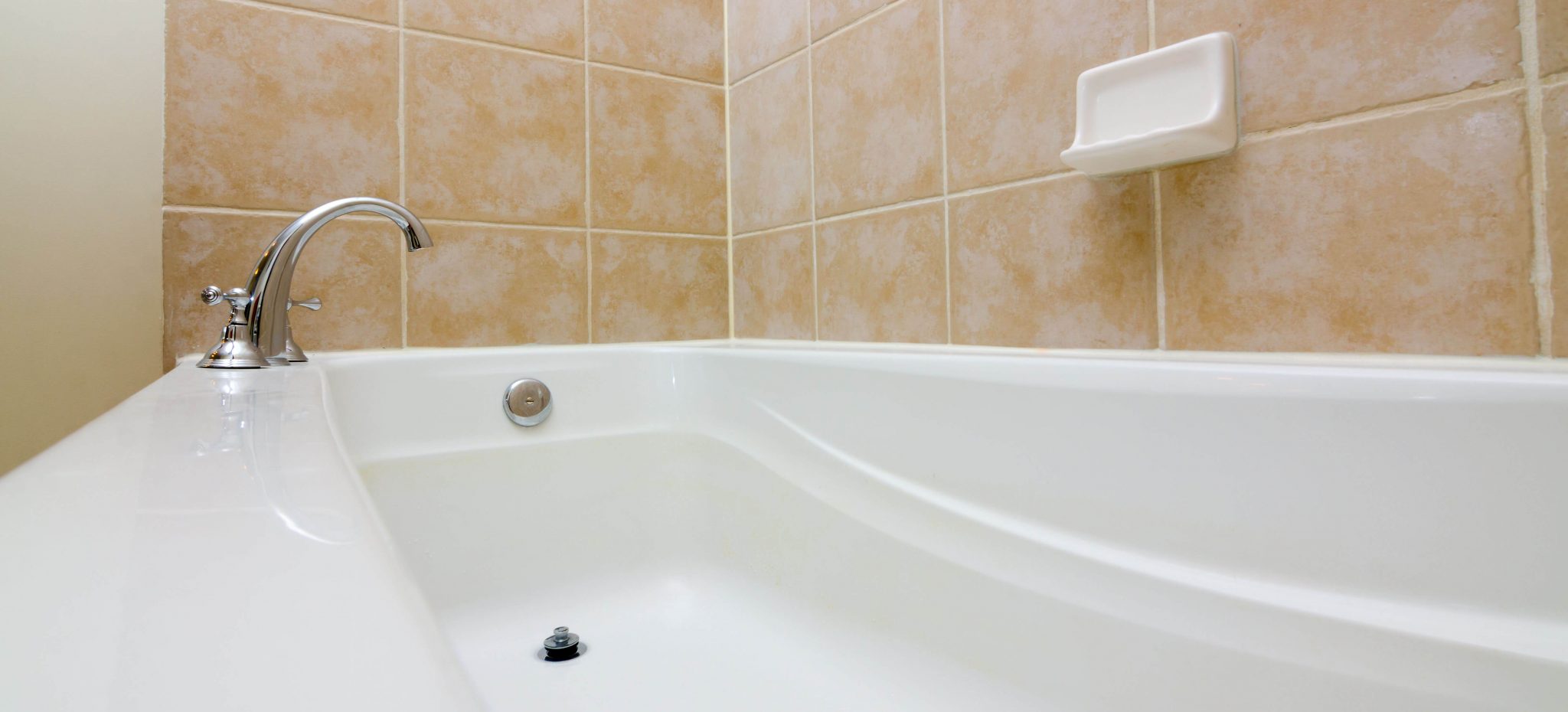
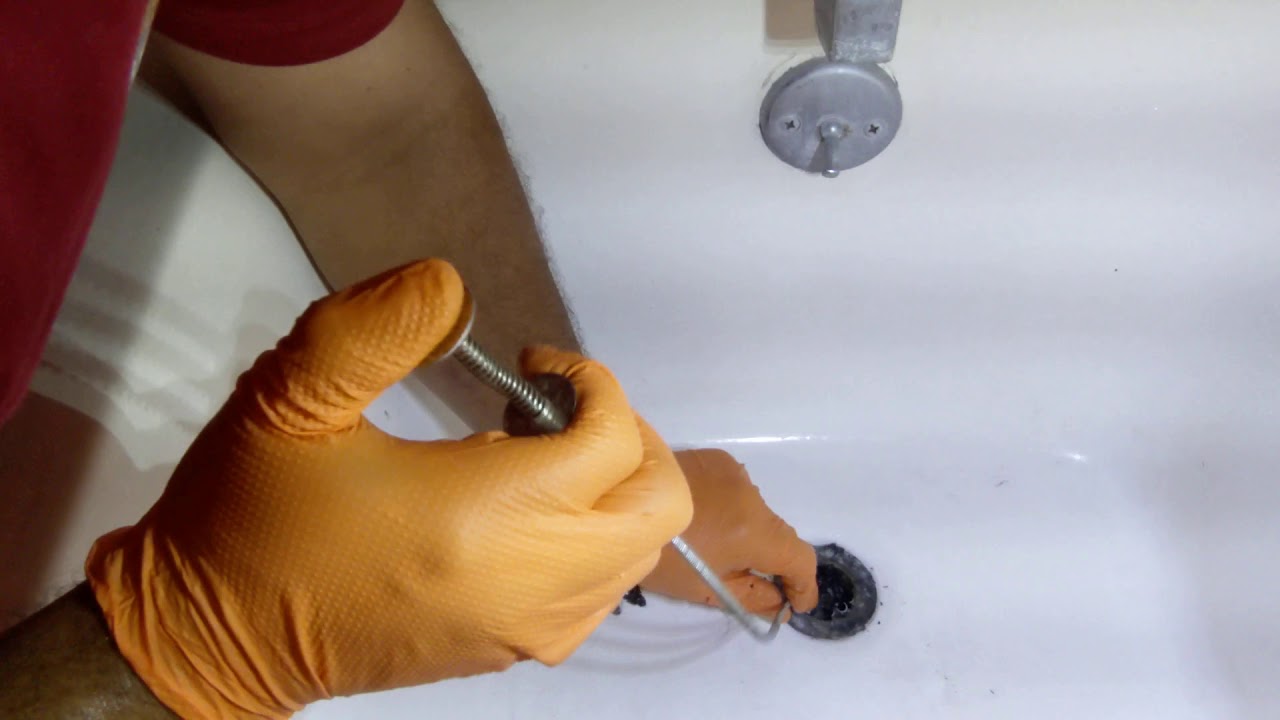

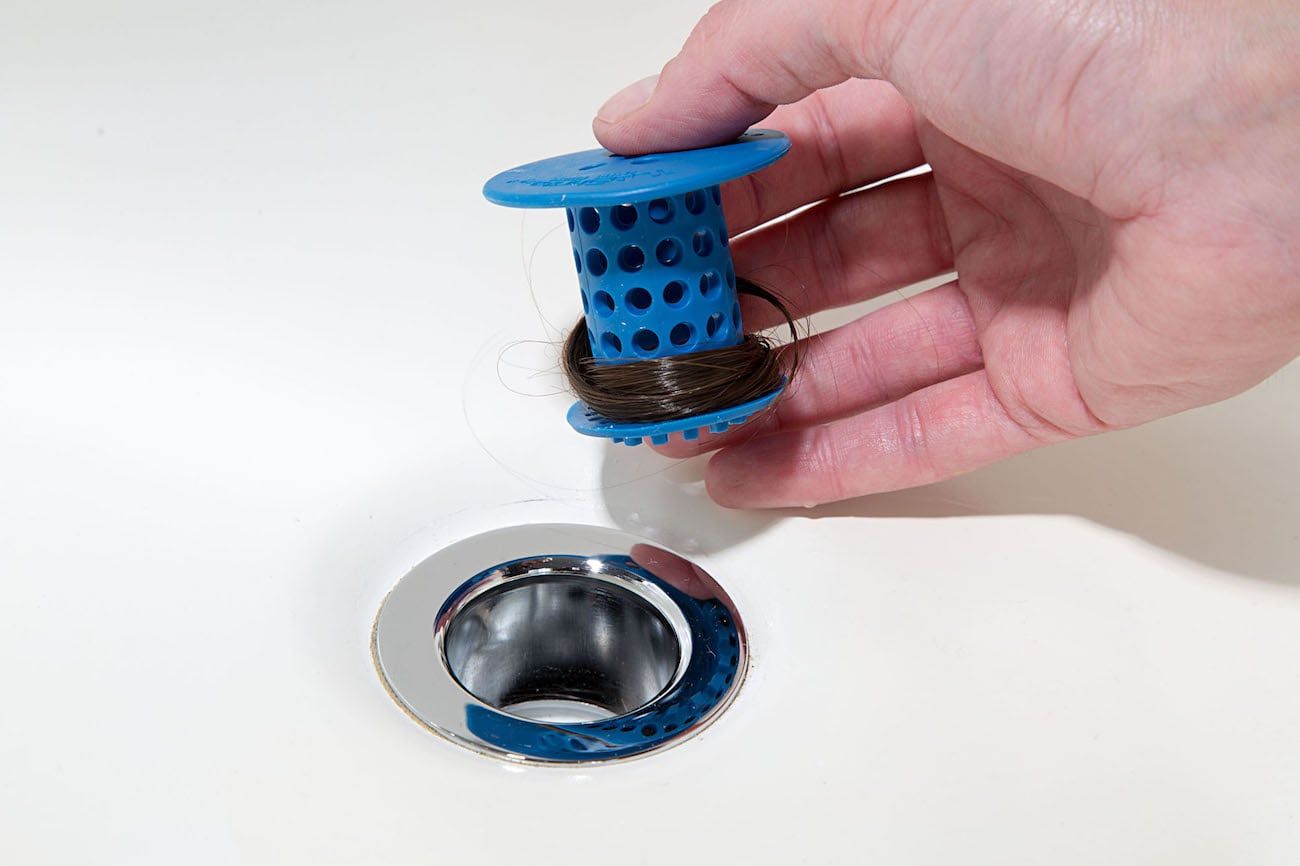
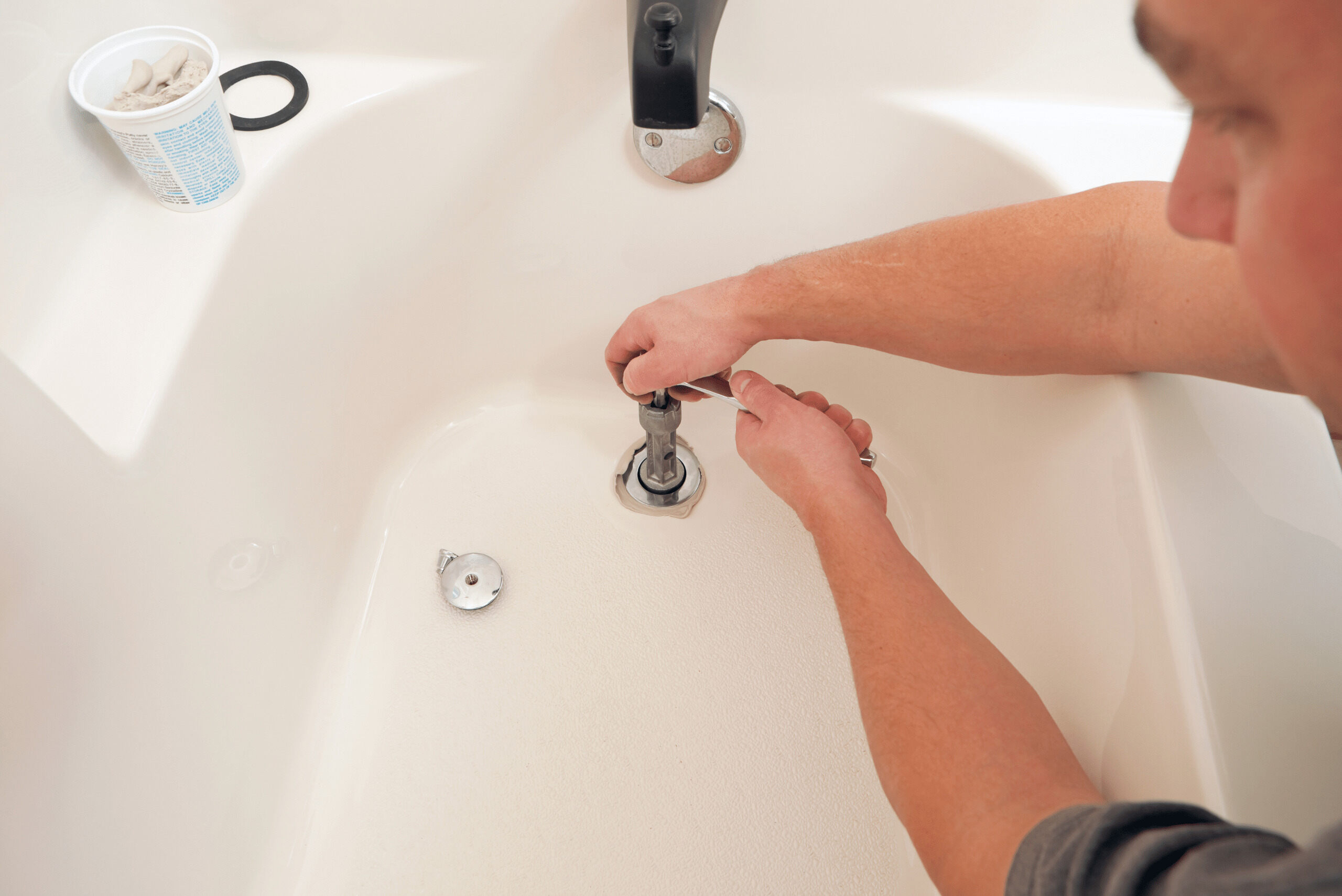
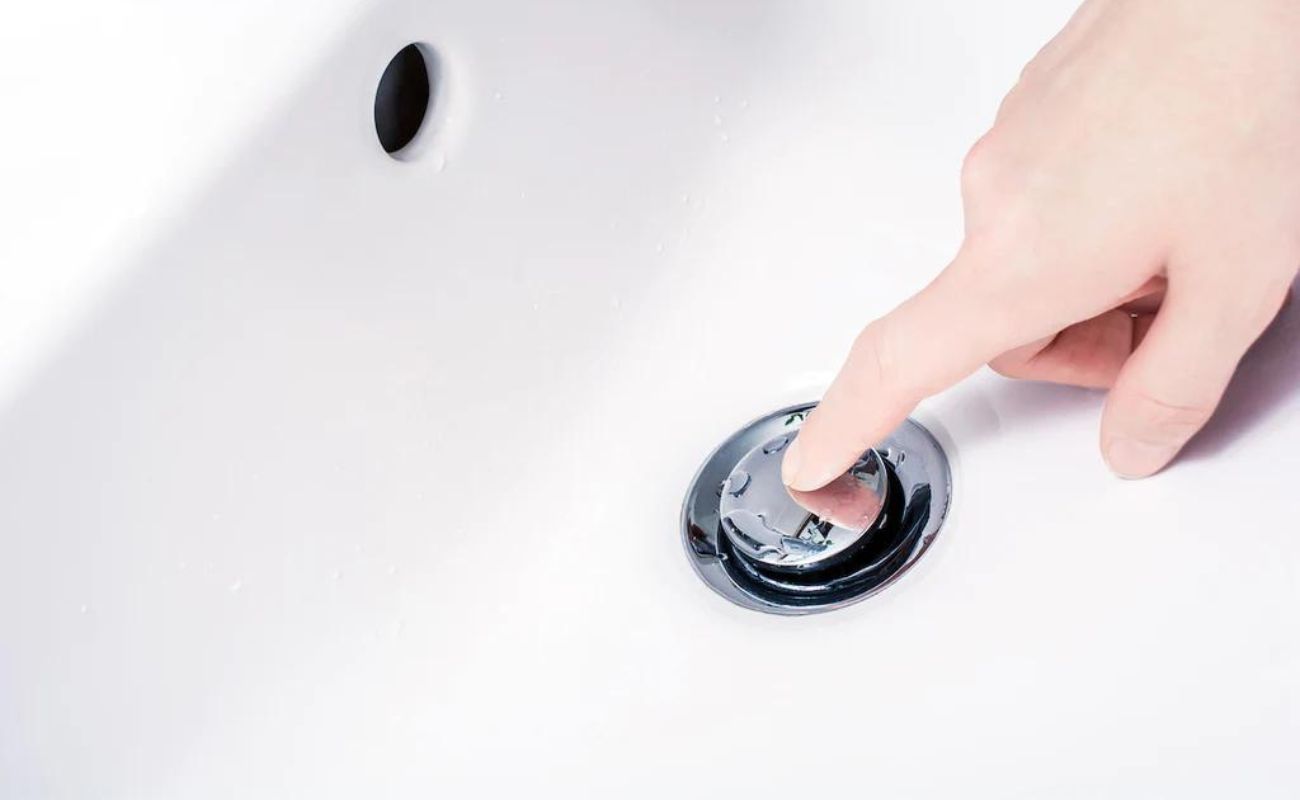
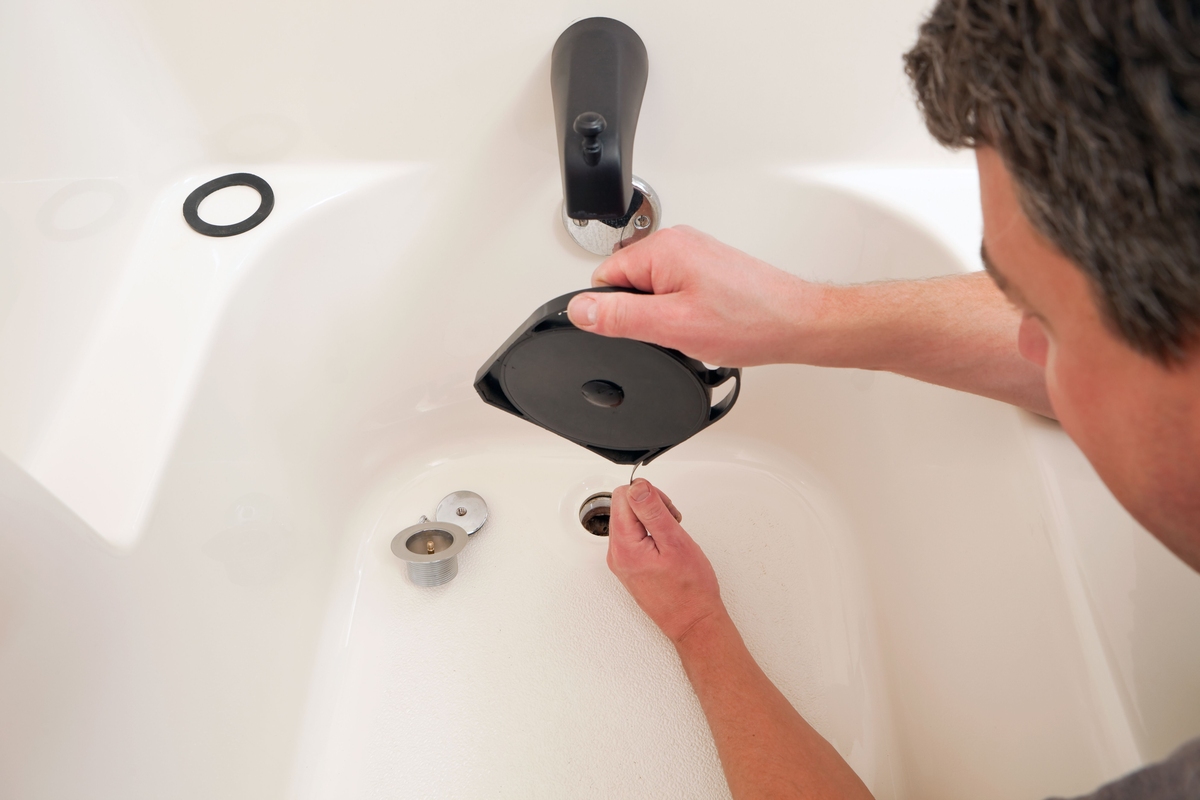
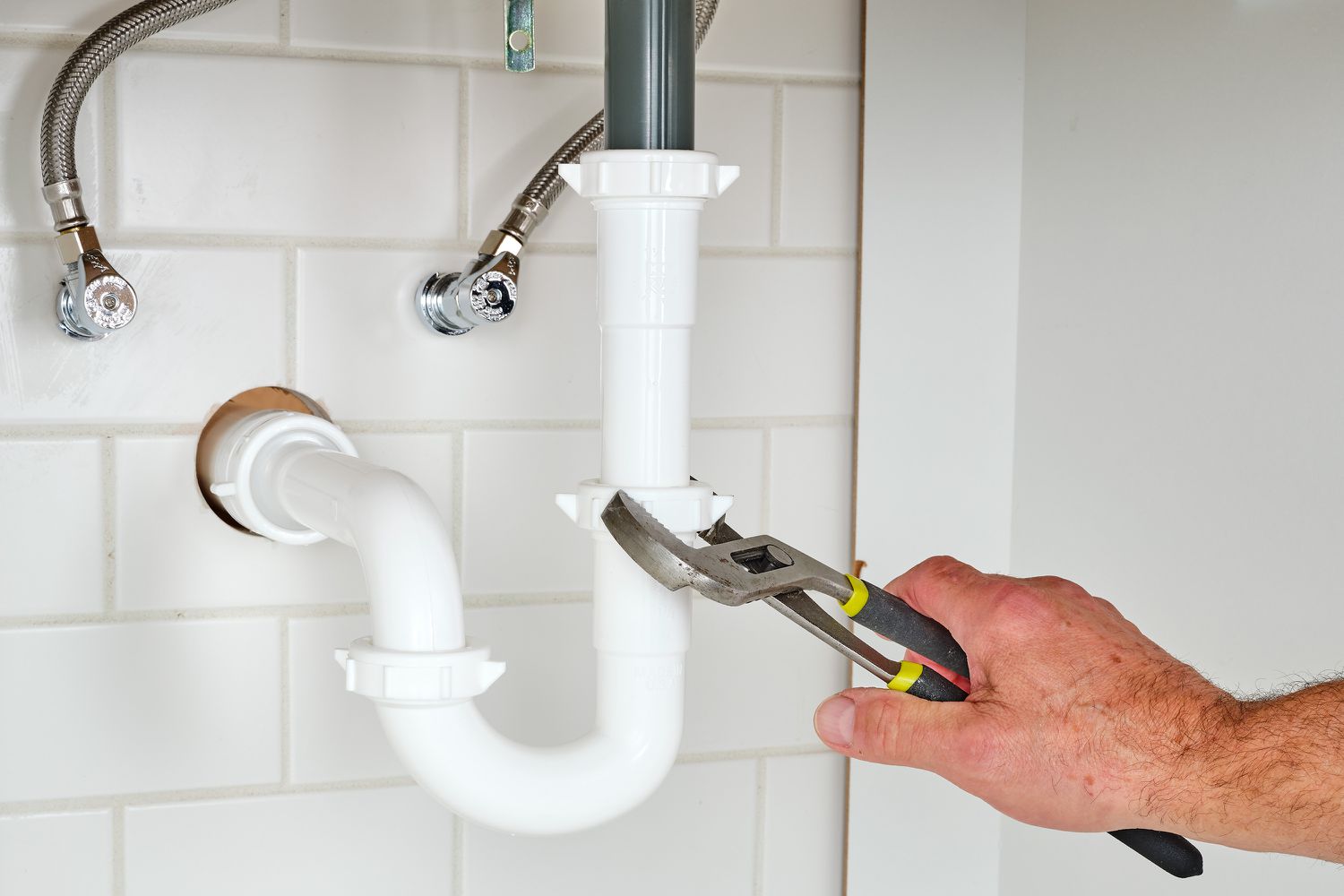
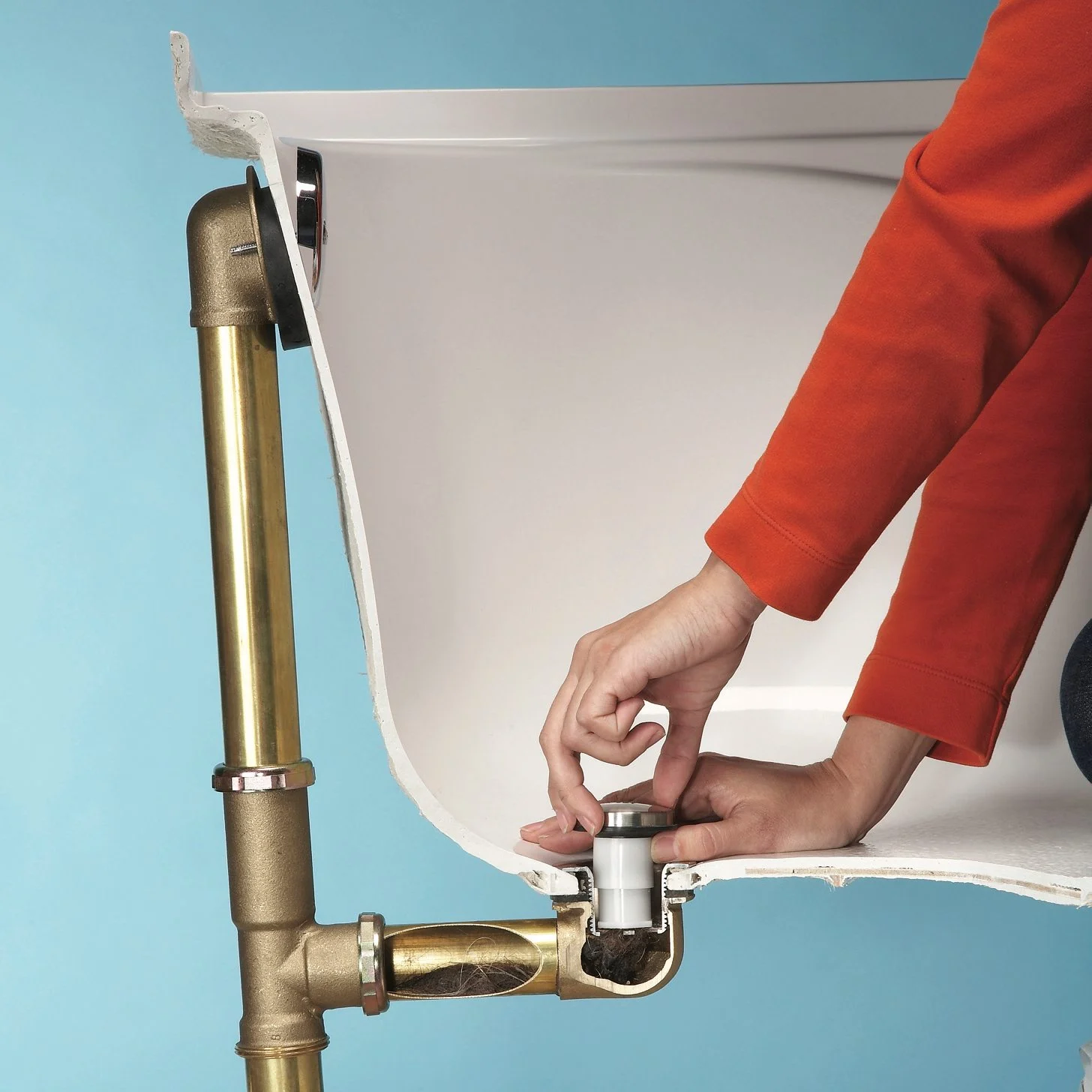
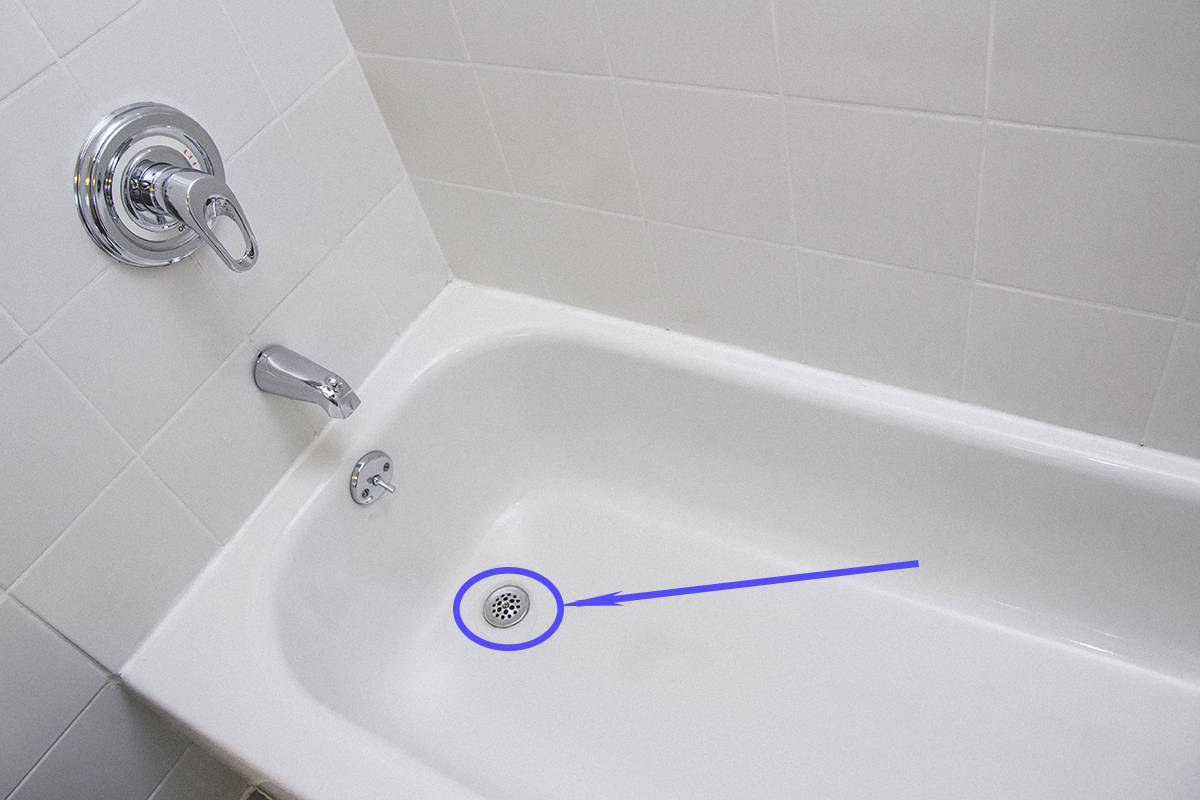
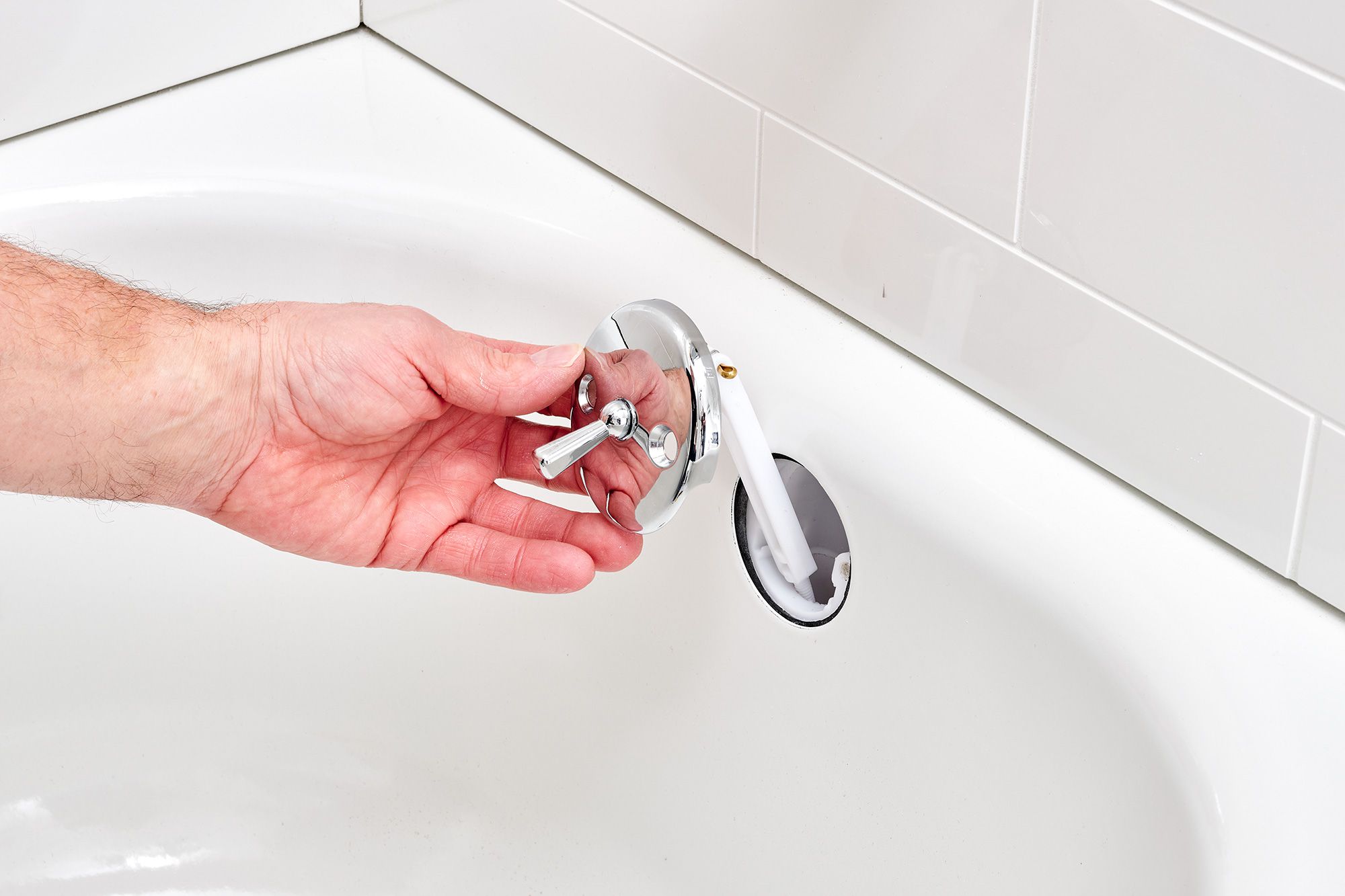
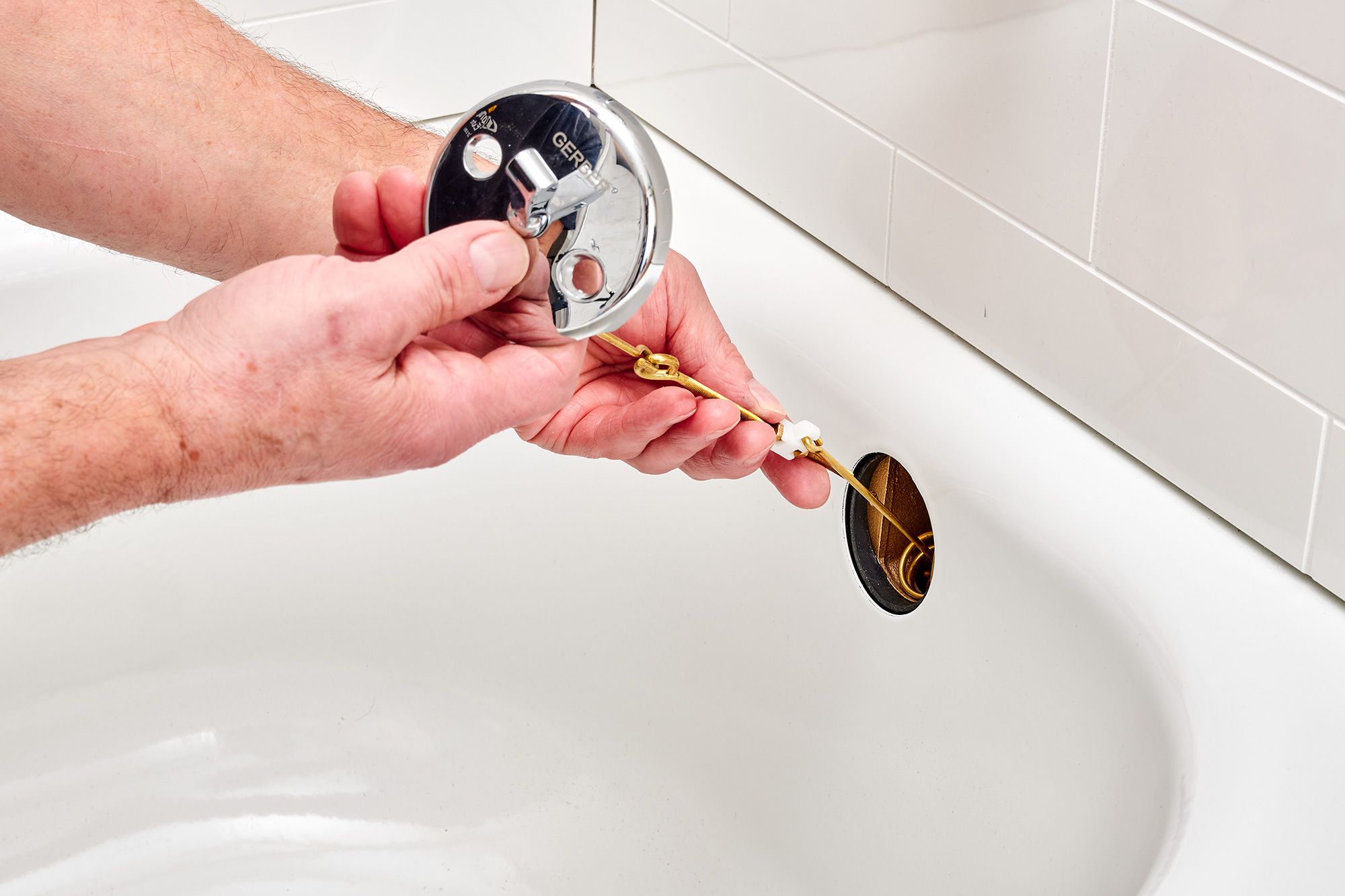
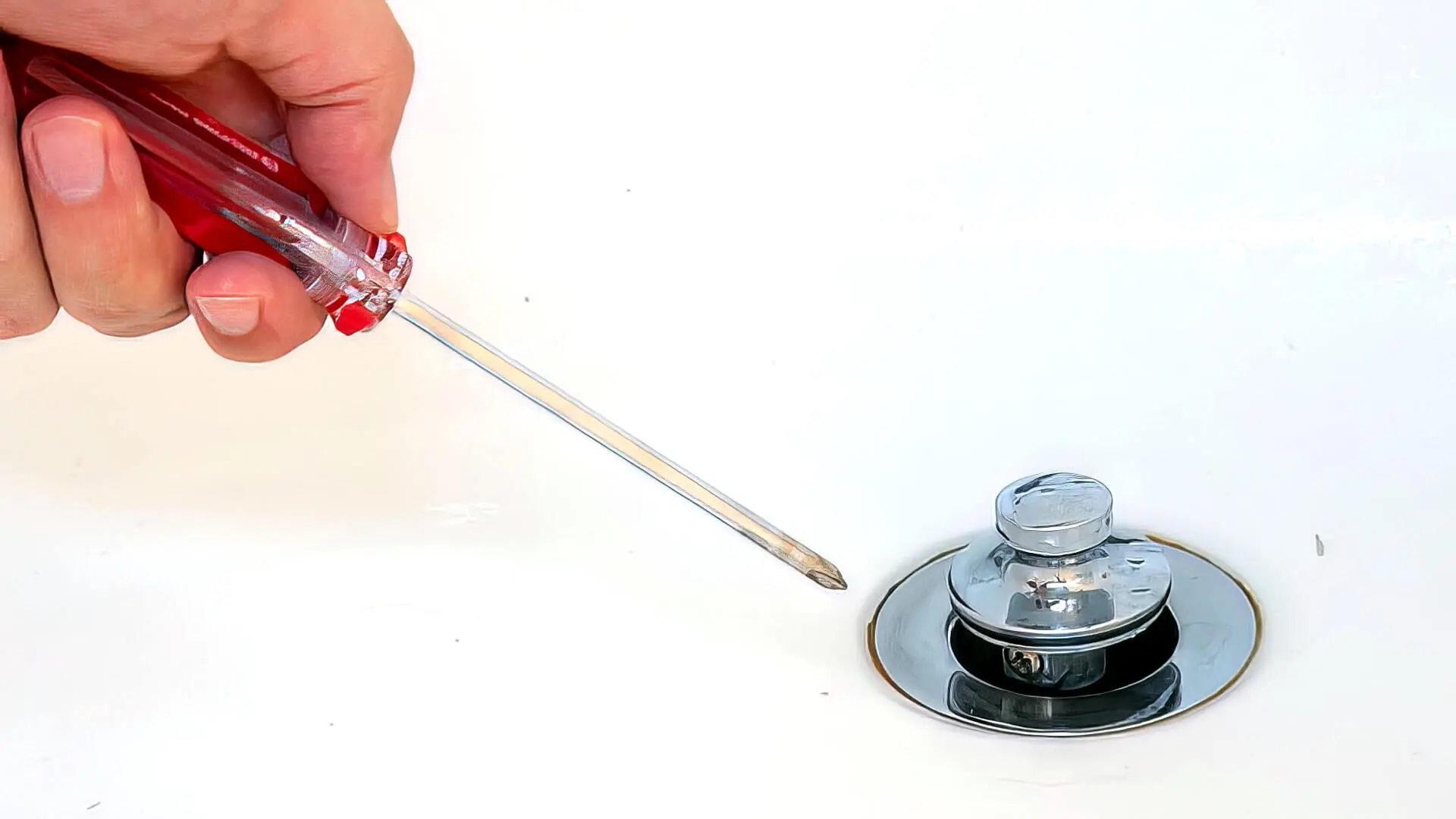
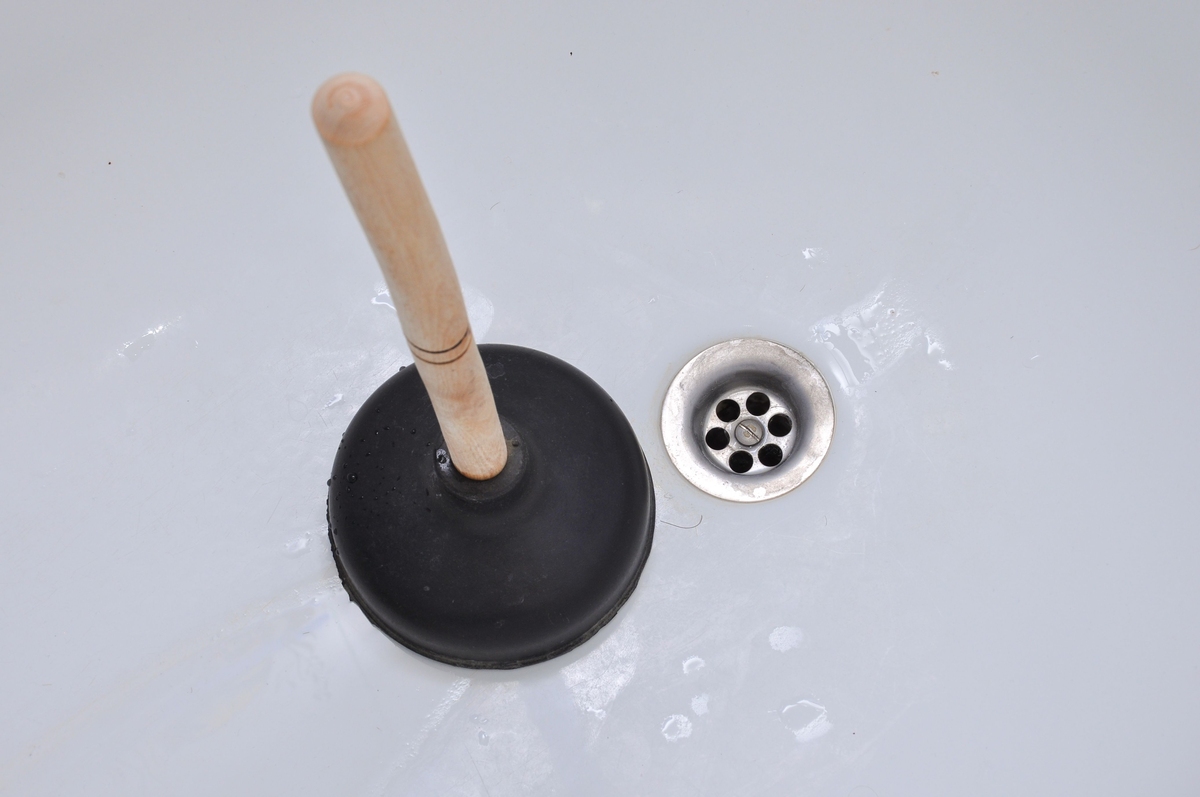

0 thoughts on “How To Stop A Bathtub From Draining”